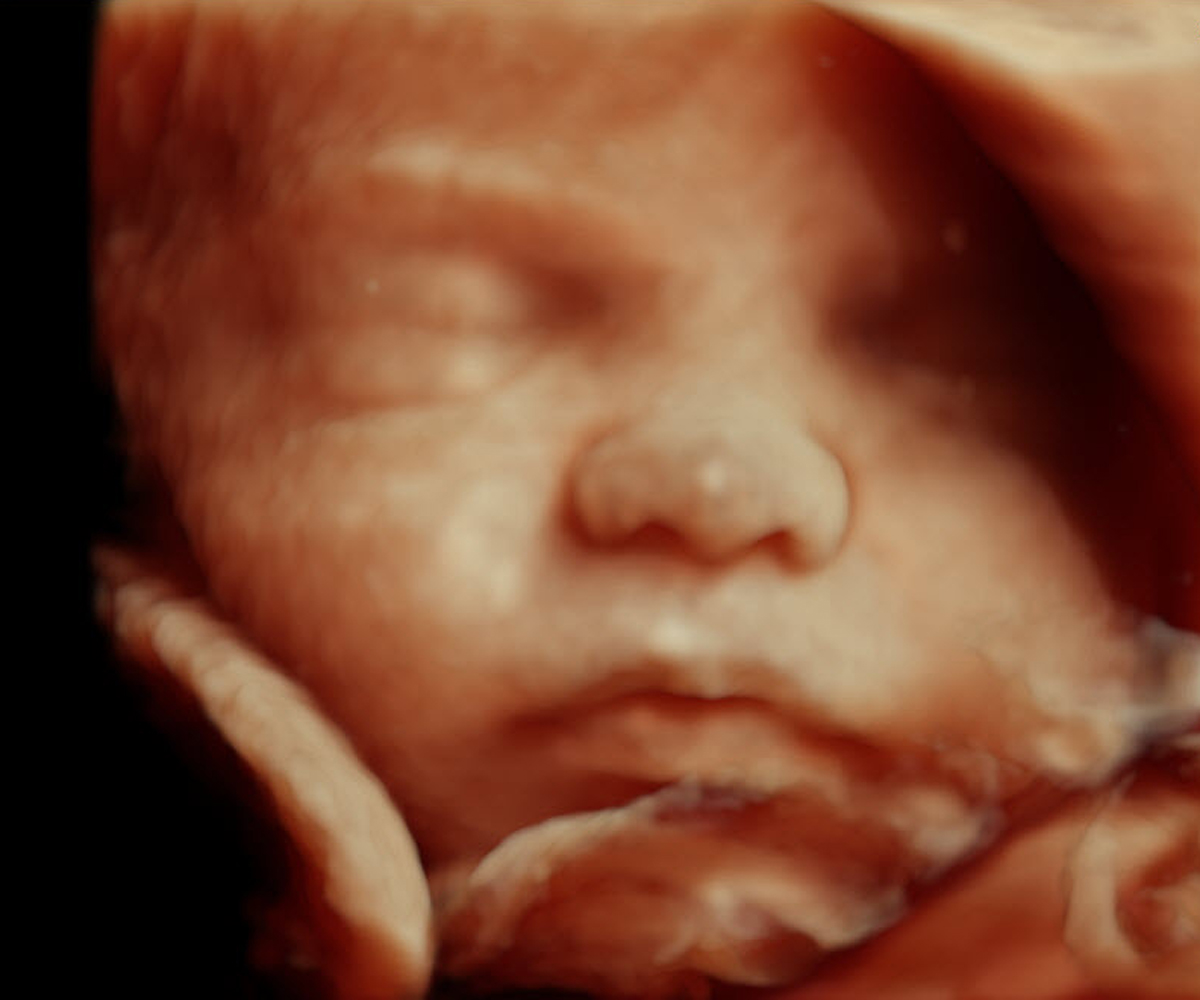
When Elizabeth Mitrano, a new mother living in Stoneham, Massachusetts, saw her son Anthony for the first time via HDlive ultrasound, she was taken by surprise. “It was towards the end of my pregnancy, and at that point, it’s hard to enjoy it. I was so uncomfortable, but when I saw this picture that wasn’t flat ,or black and white, and looked like a real person, all the discomfort went away,” she says.
Ultrasounds with 3D imaging have been around for years, but GE’s HDlive ultrasound technology uses a unique and moveable light source that not only provides both 3D and 4D imaging, but lights up the baby, making it possible for soon-to-be-parents to see the facial expressions of their child, and even watch it yawn.
“You’re used to a profile image where you can’t make out what anything is. This makes it more fun. I could see [Anthony’s] chubby cheeks and nose, he looked like a real person,” says Mitrano.
GE made HDlive available globally in 2011, and this year, GE made the technology accessible to small clinics as well as big facilities and hospitals. The technology can be used starting in the first trimester of pregnancy, with the intention of allowing doctors to get a better assessment of the baby’s development and giving parents a detailed glimpse at their child for the first time. Right now, sonographers are still getting used to the technology, and they’re having a little fun with it.

“HDlive shows the face and the tone of the skin,” says Dr. Bernard Benoit, the head of the ultrasound department in Gynecology and Obstetrics at the Princess Grace Hospital in Monaco. “We can change the position of the light and clearly see the lips and nose and eye lid.” Benoit was the first GE customer to use HDlive, and took the featured photos. He’s also an unpaid GE Healthcare’s Women’s Health Ultrasound consultant.
Jamie Rubin, a sonographer at Massachusetts General Hospital in Boston says patients typically come into the ultrasound room a little or very nervous depending on their pregnancy history. “Once they hear the heart beat, they start to feel reassured. It’s such an amazing process when you start showing them the baby, and when we flip on the HDlive, it takes their breath away. They’re just in awe,” says Rubin.
Rubin says her team still assesses the baby using the 2D gray scale, and once they are sure the baby is healthy–and in a good position for the imaging to actually work–she flips on HDlive.
Even if the baby has a deformity, like a clef lip, it helps the parents prepare for what their child will look like. “Back in the old days we didn’t have ultrasound when we had our babies. We could feel the baby move and that was how you bonded. Now with all the tools we have, patients can see it and imagine what it looks like and watch it yawn. It’s pretty neat,” says Rubin.
Eventually, GE hopes to transition the technology to other medical areas, by potentially providing the most realistic images of the heart or inner muscular or skeletal system.
“It’s exciting for the patients and the doctors,” says Mitrano. “At first I thought something was wrong when the [sonographers] all went to look at the image, but they were thrilled [Anthony] was in a good position. They were so excited about it.”
Alexandra Sifferlin is a writer and producer for TIME Healthland.
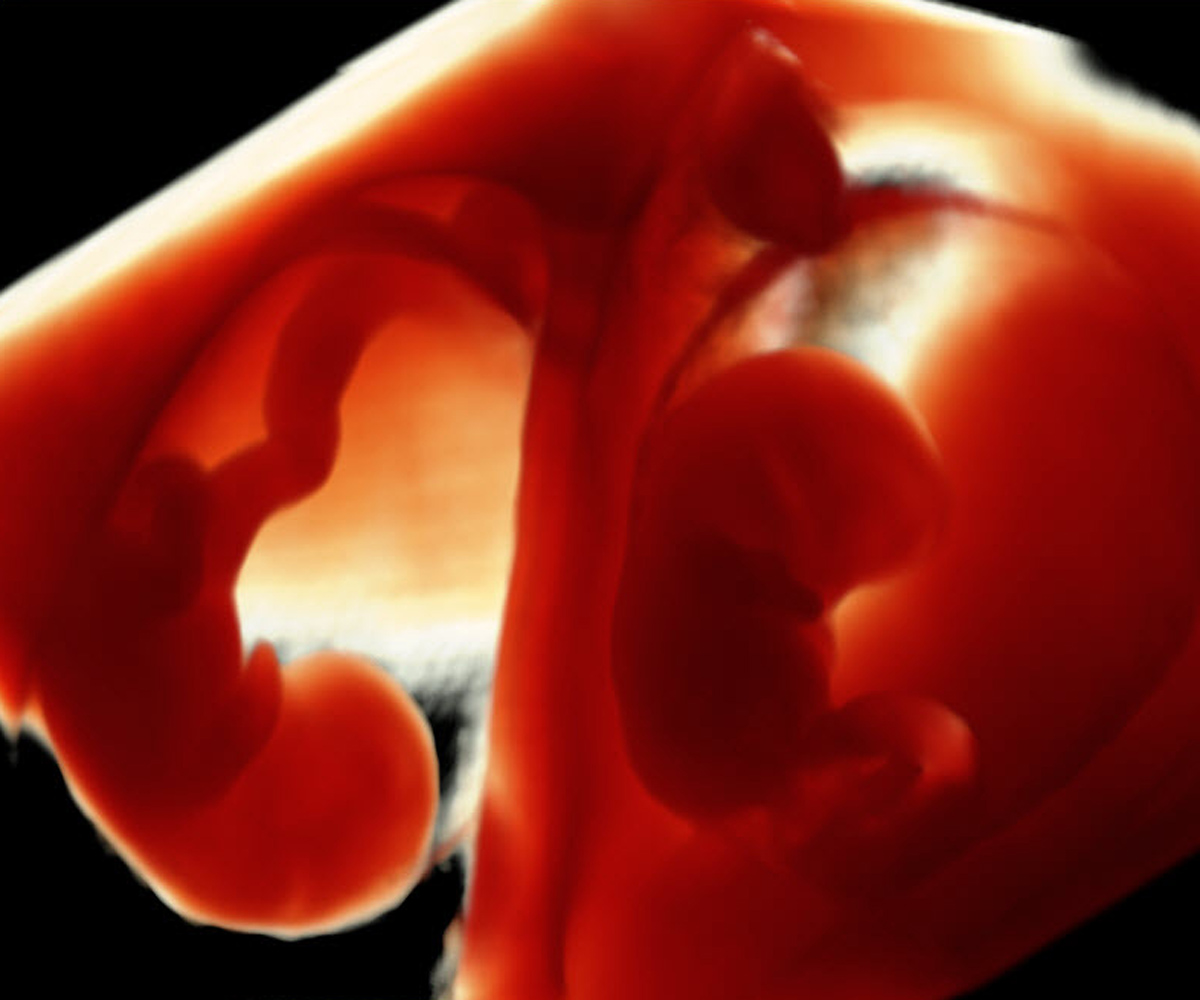
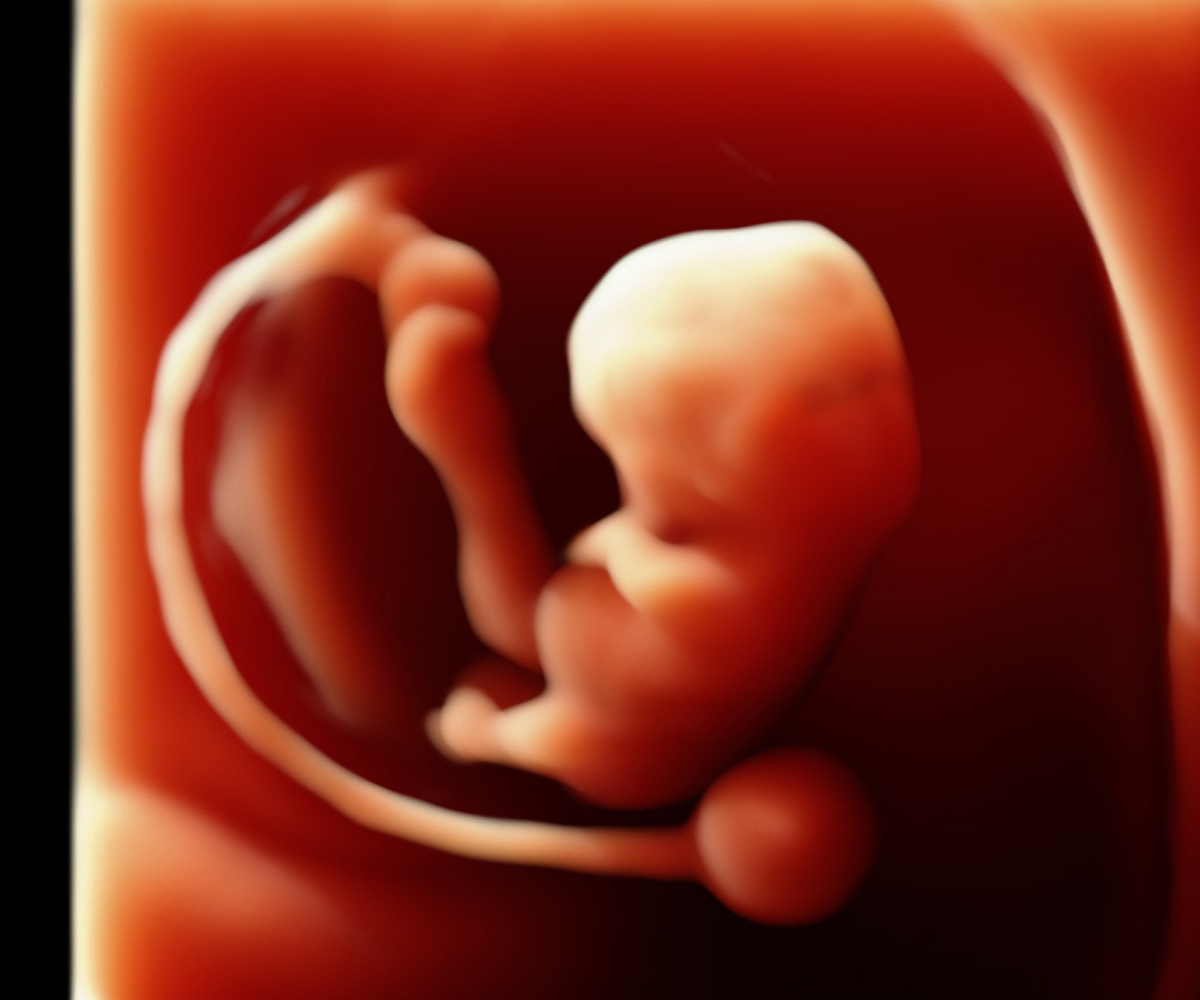

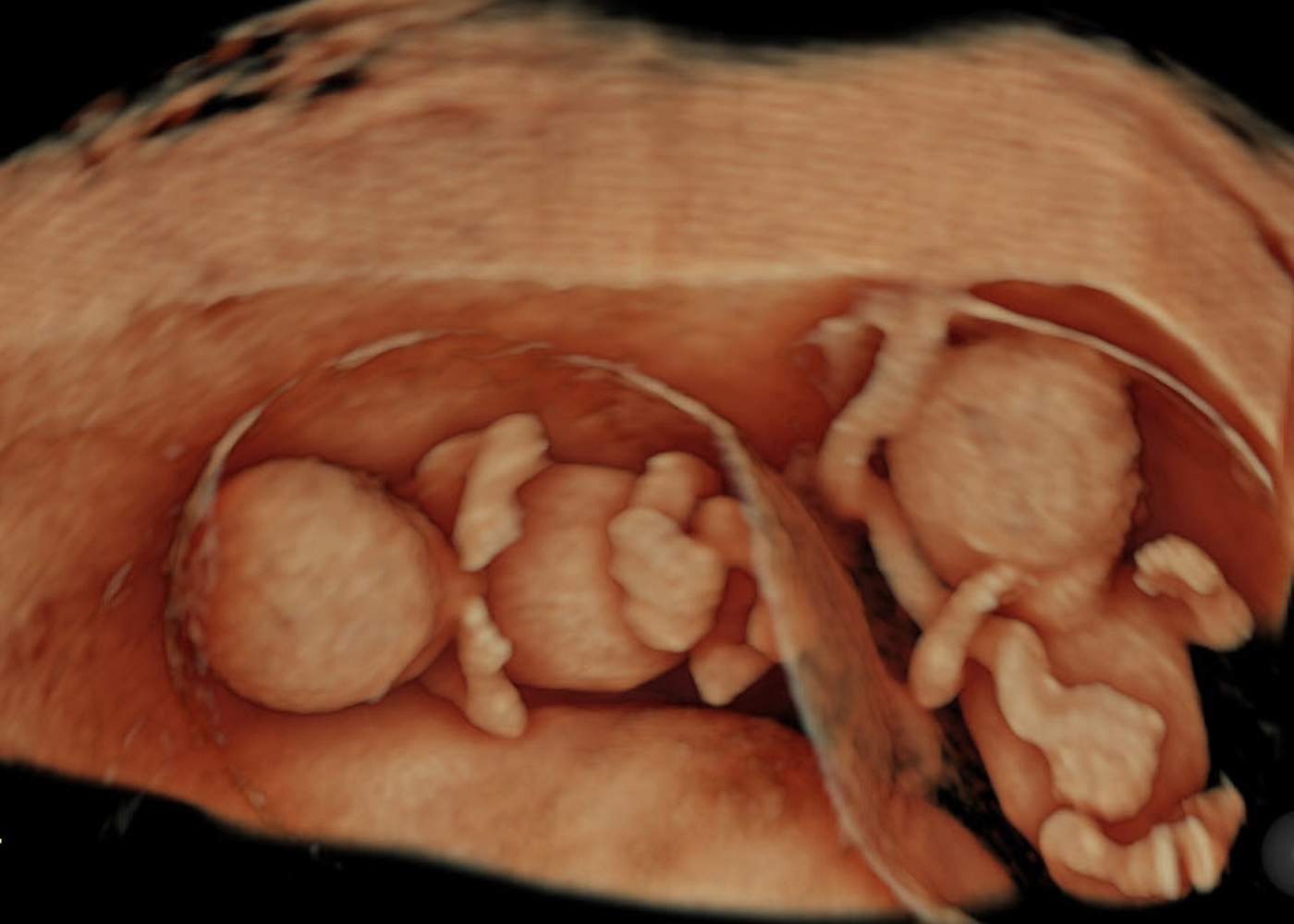

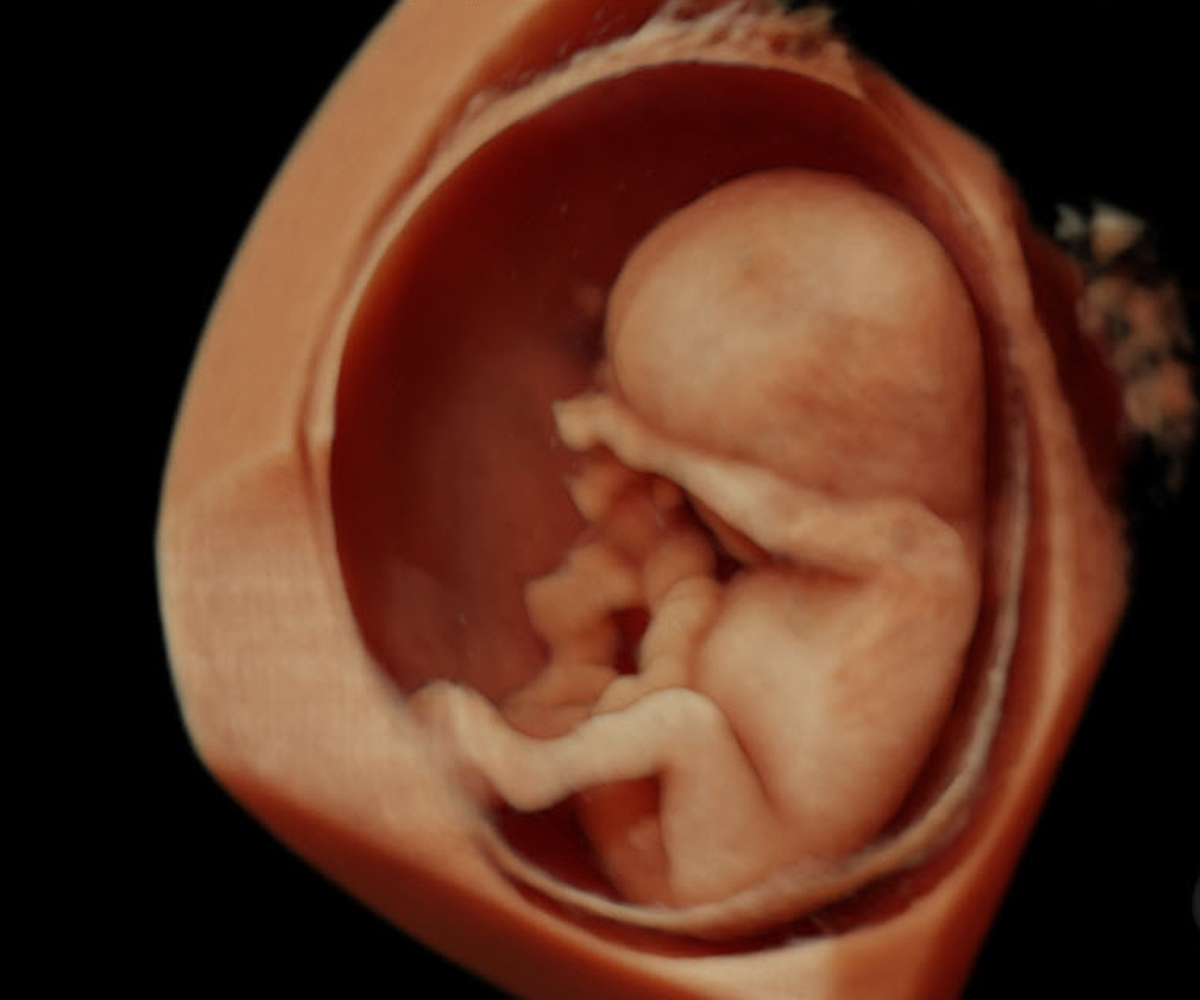
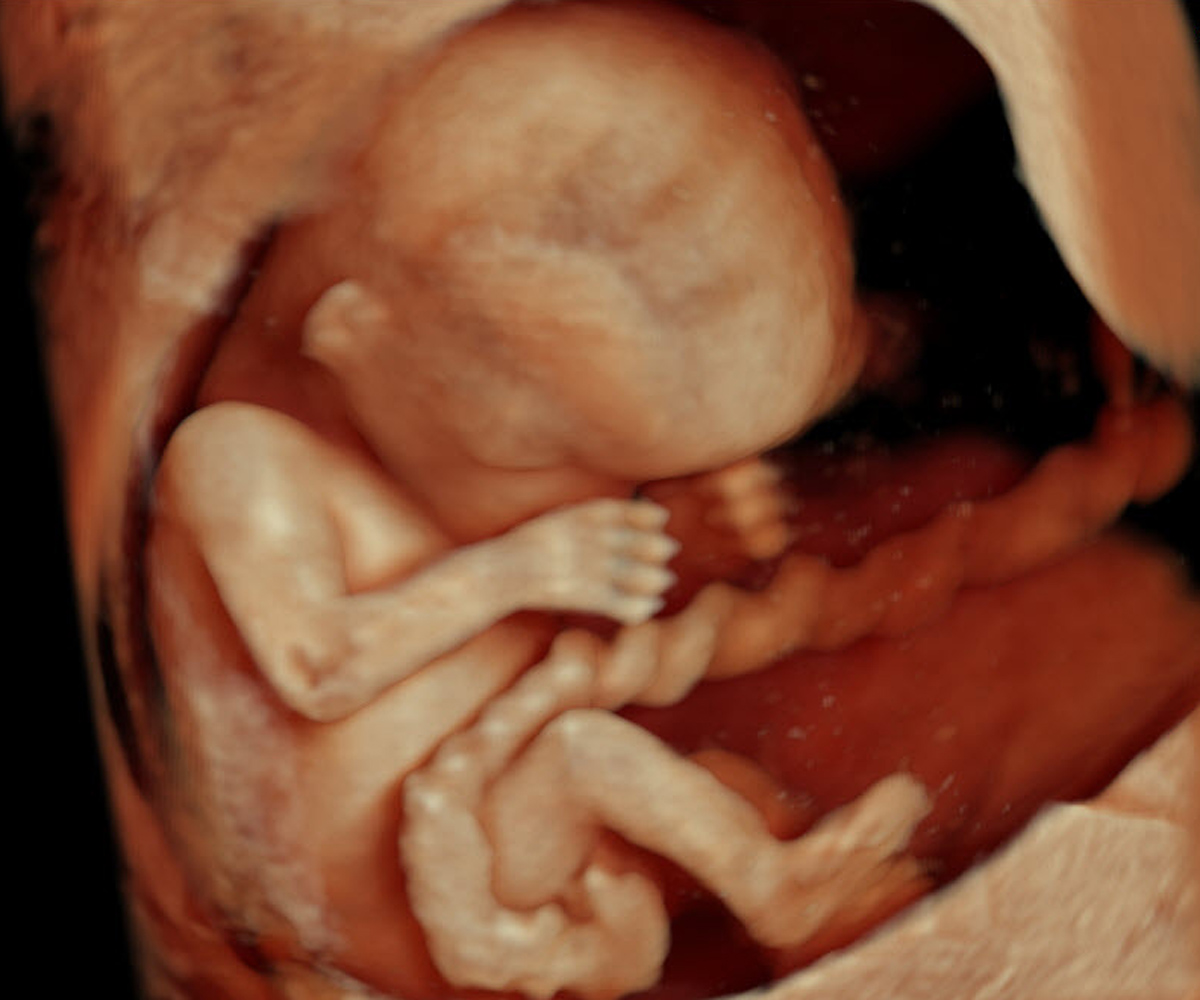
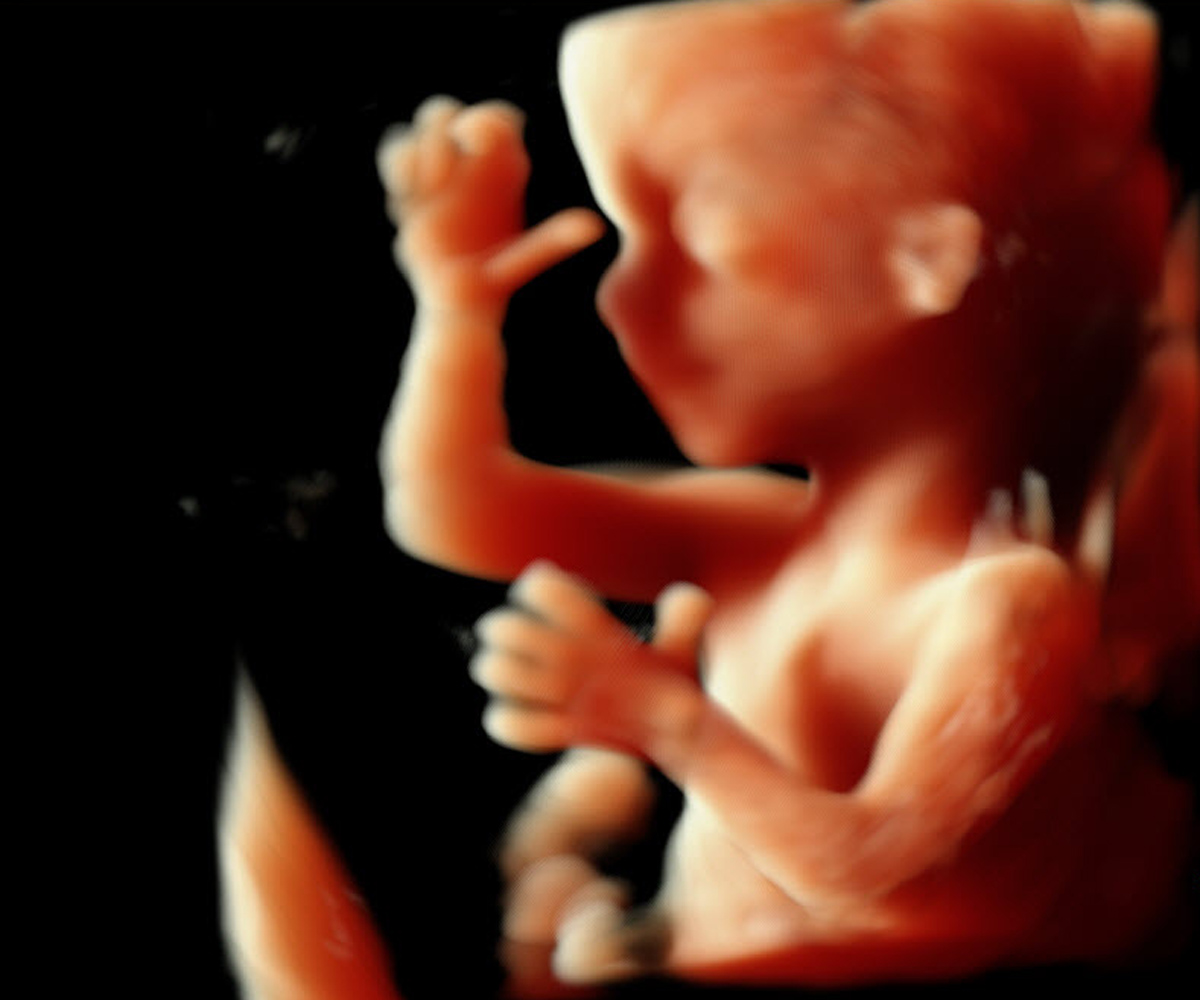
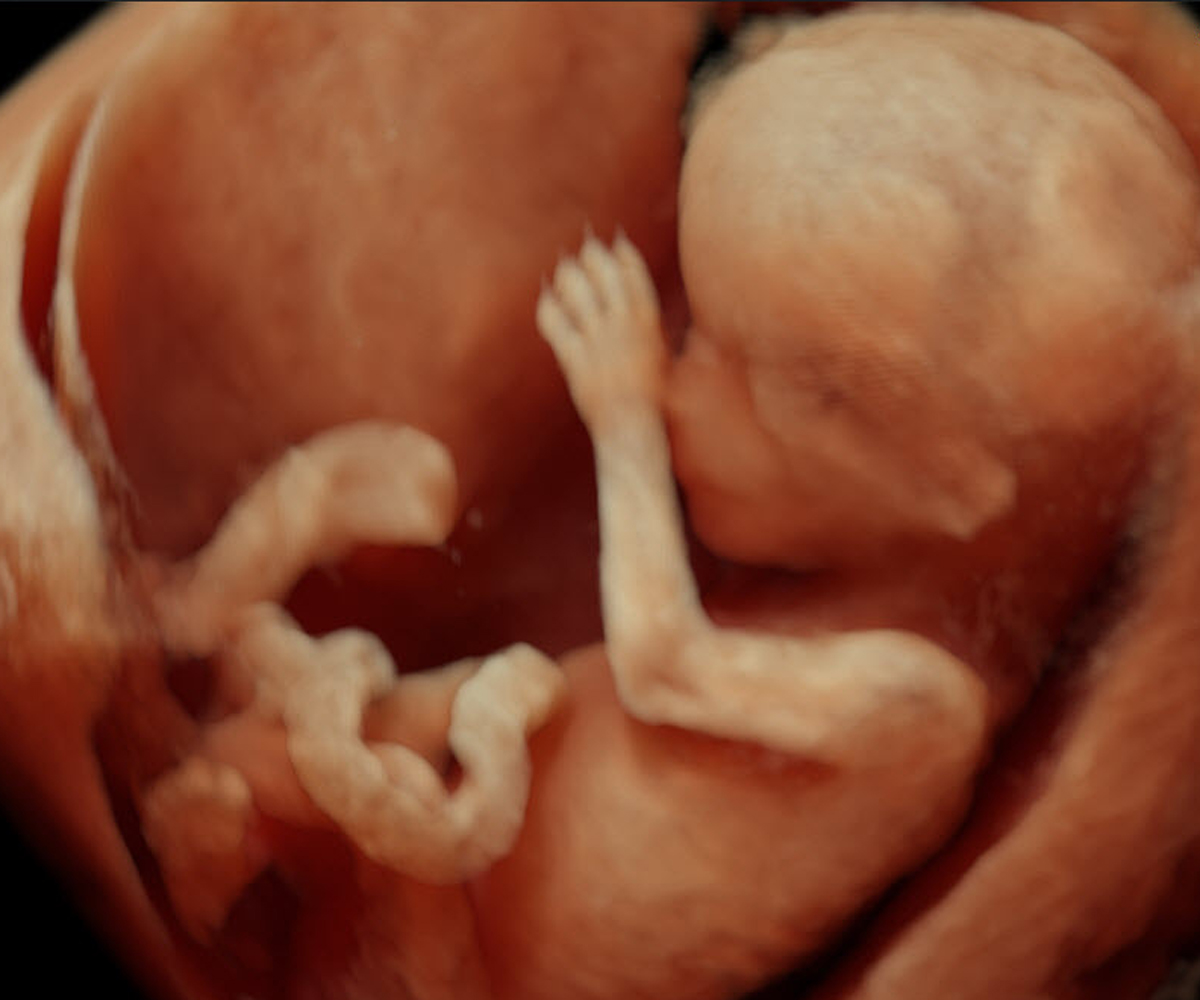


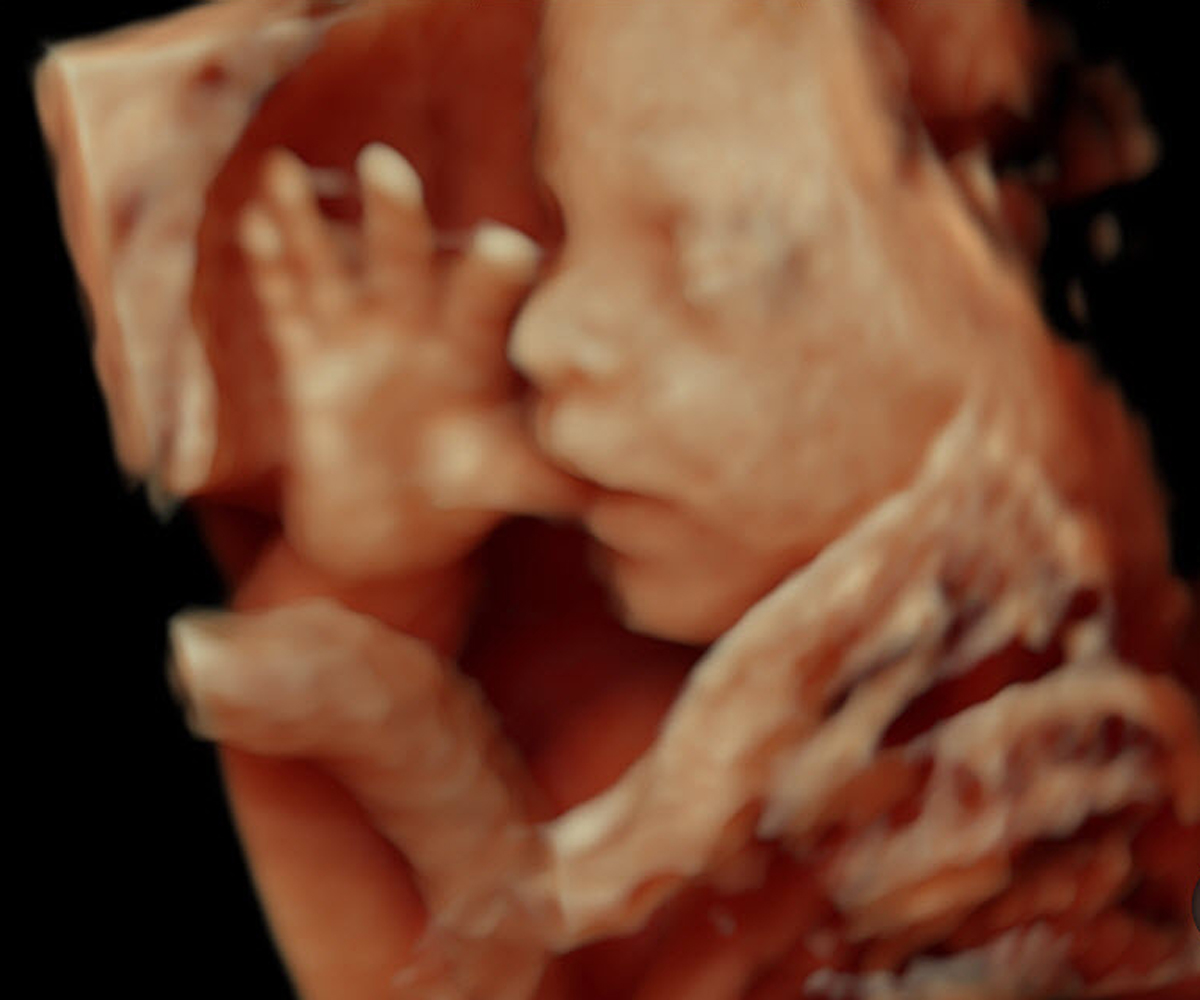



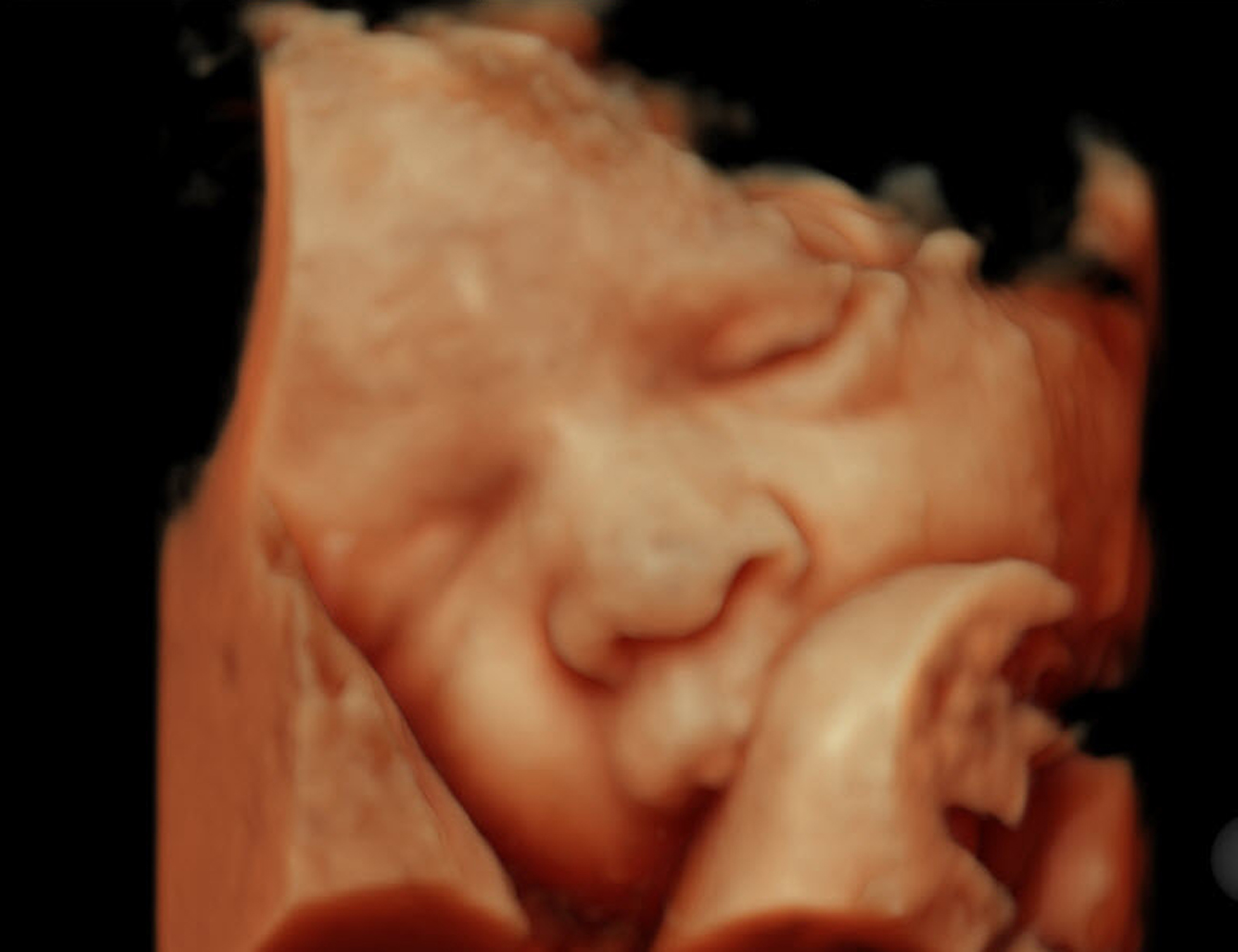
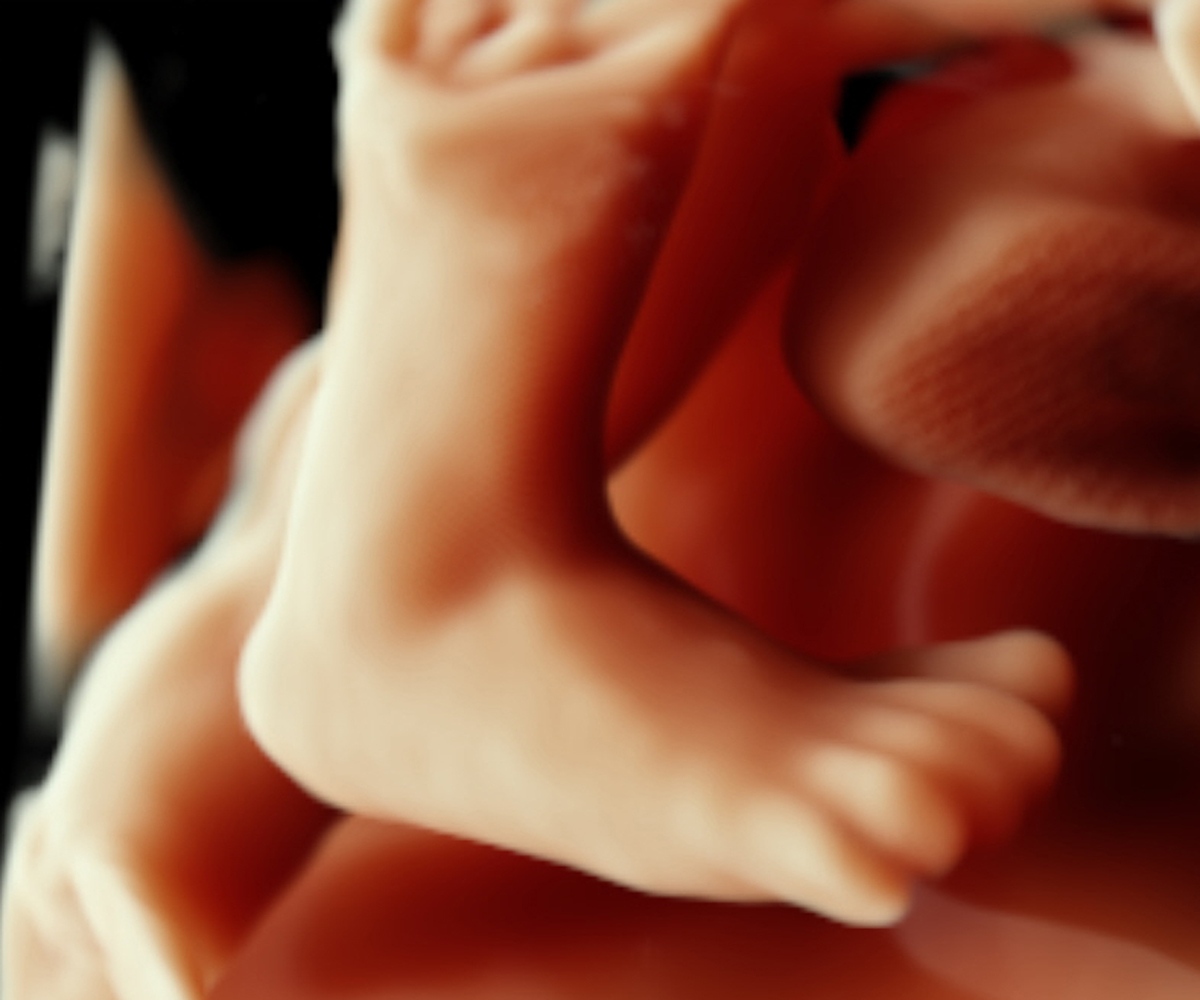
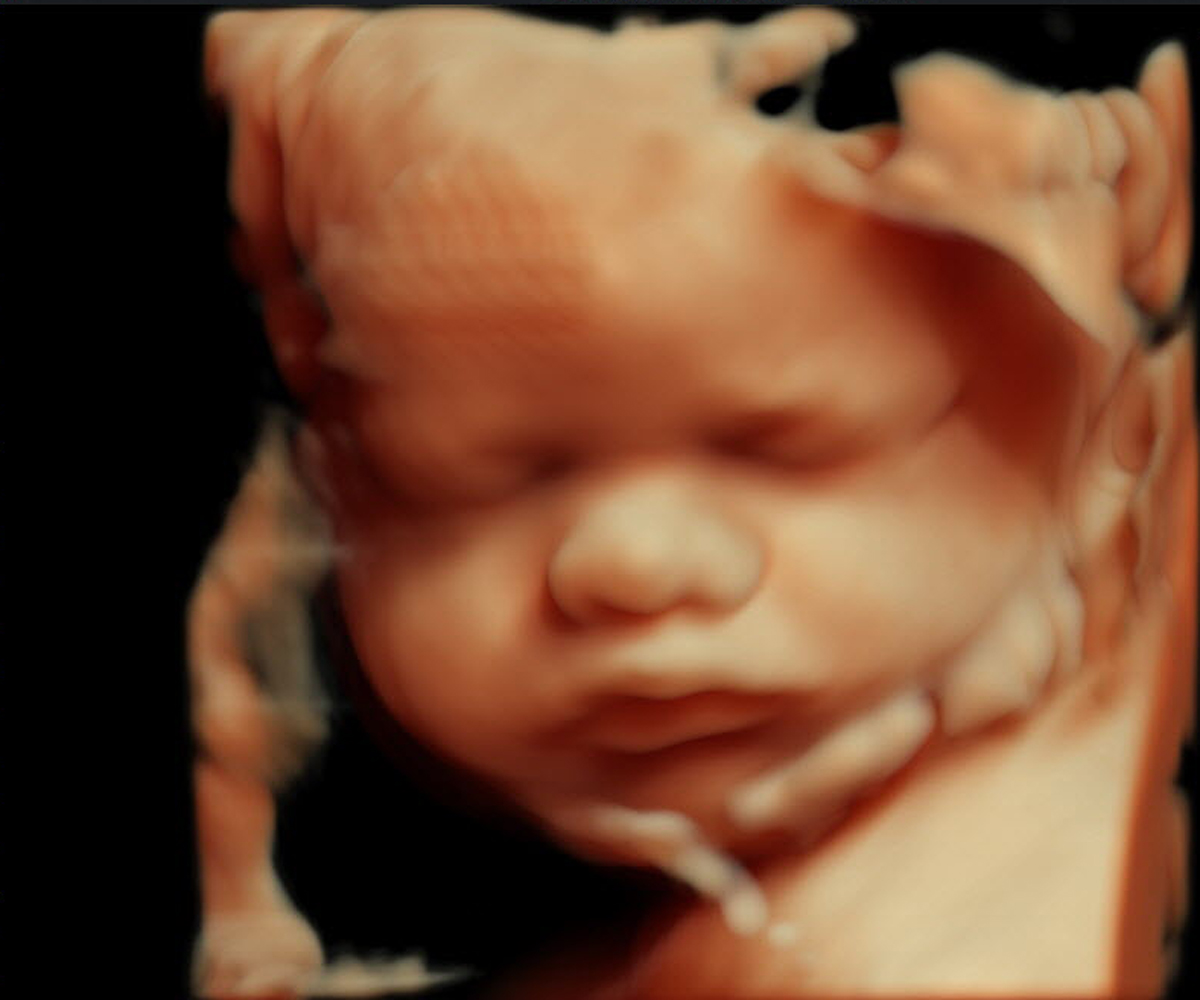
More Must-Reads from TIME
- Donald Trump Is TIME's 2024 Person of the Year
- Why We Chose Trump as Person of the Year
- Is Intermittent Fasting Good or Bad for You?
- The 100 Must-Read Books of 2024
- The 20 Best Christmas TV Episodes
- Column: If Optimism Feels Ridiculous Now, Try Hope
- The Future of Climate Action Is Trade Policy
- Merle Bombardieri Is Helping People Make the Baby Decision
Contact us at letters@time.com